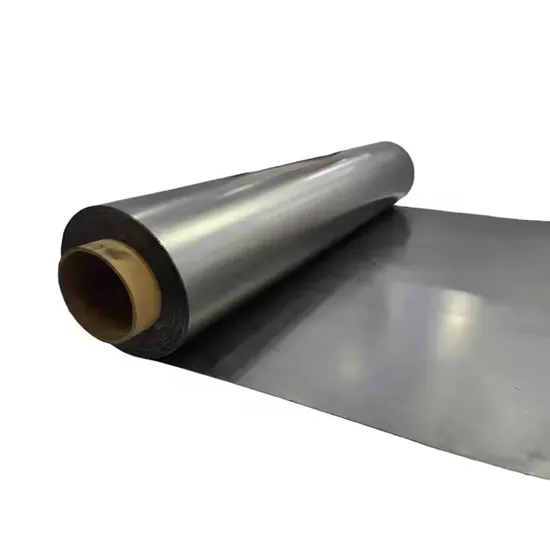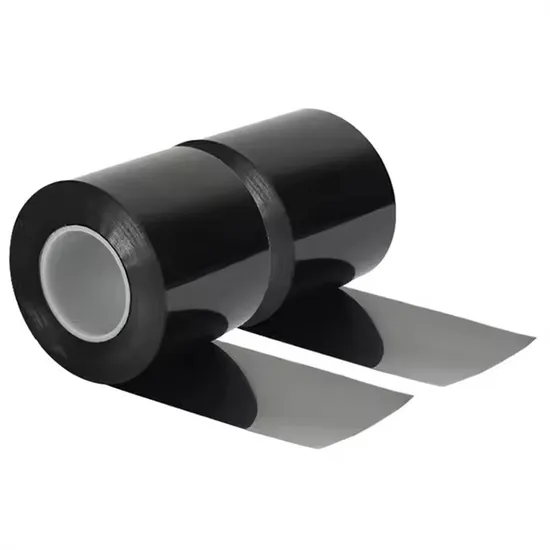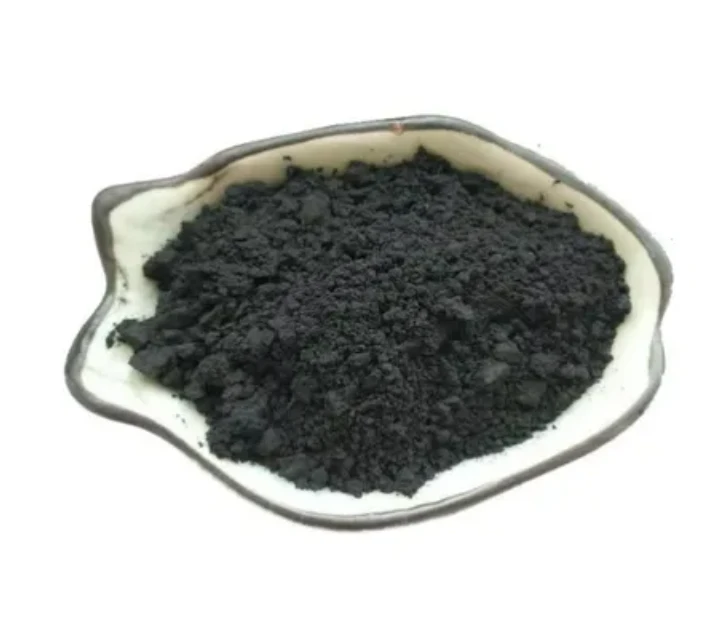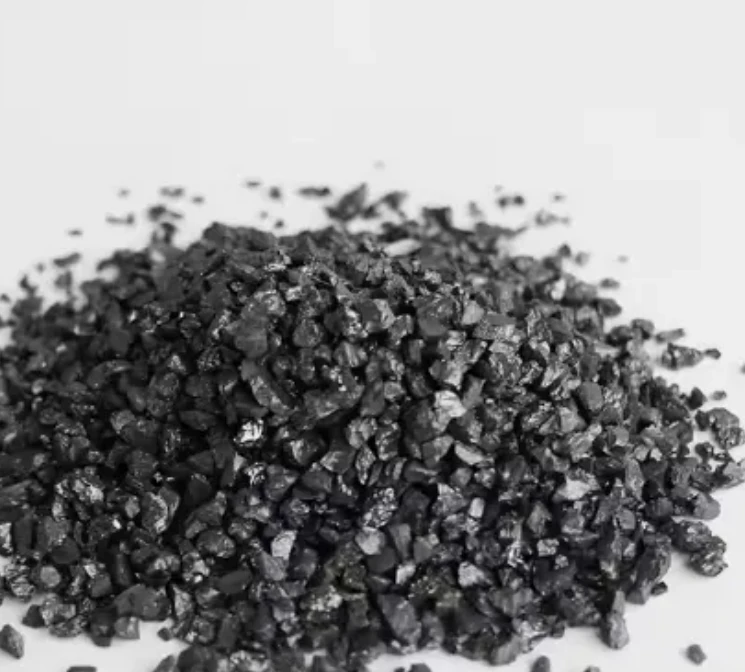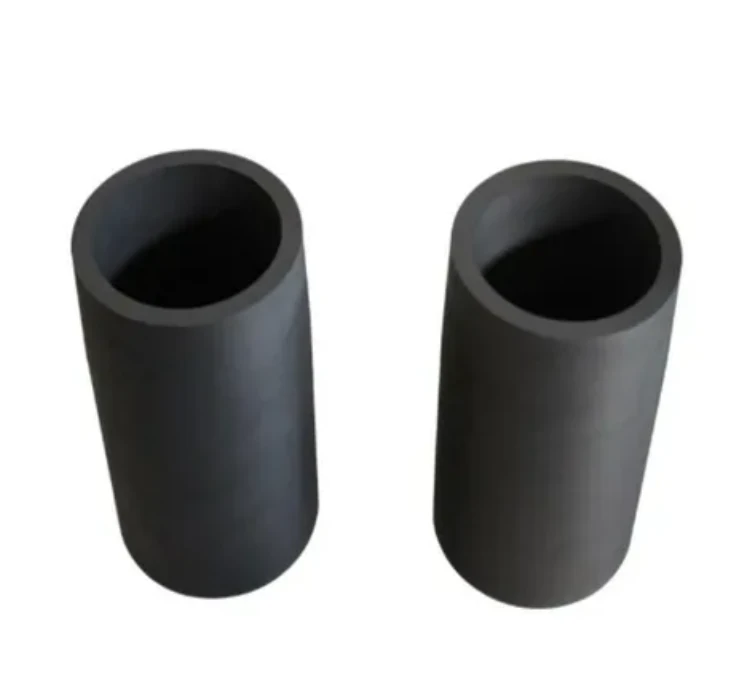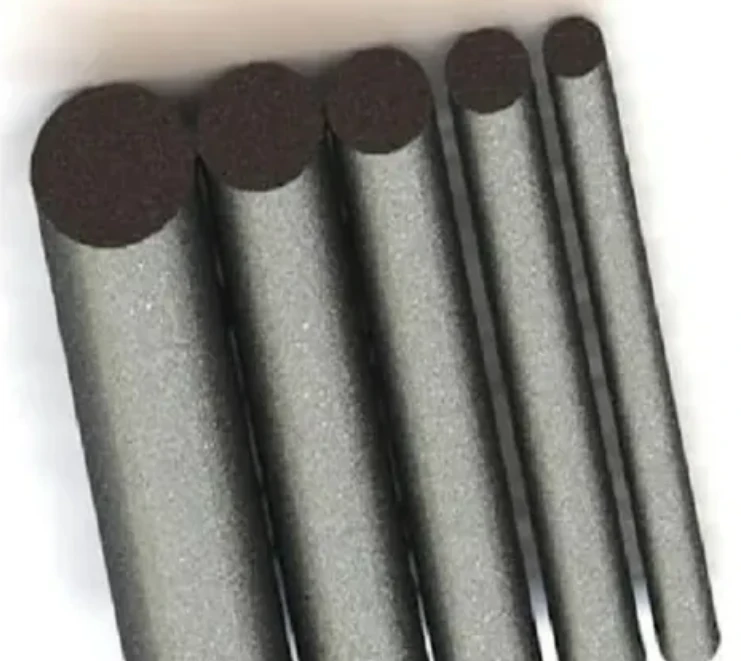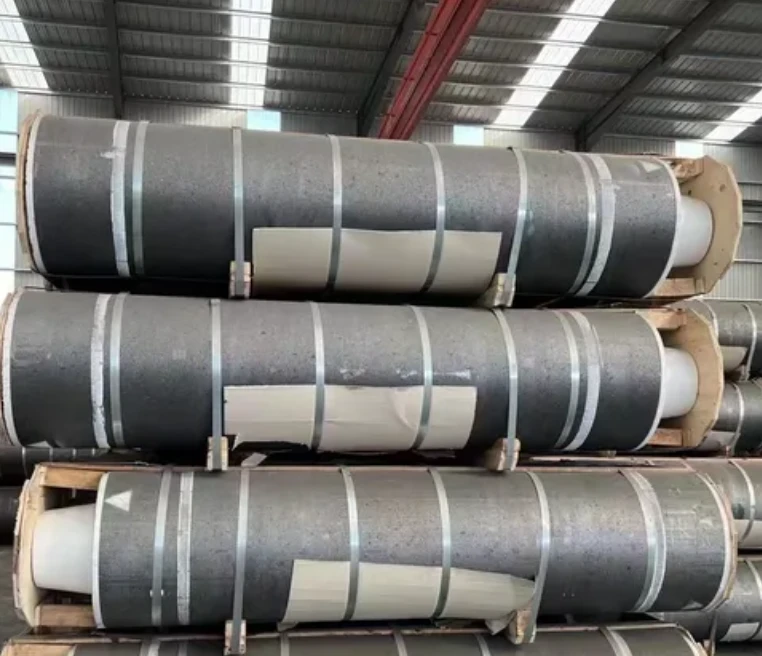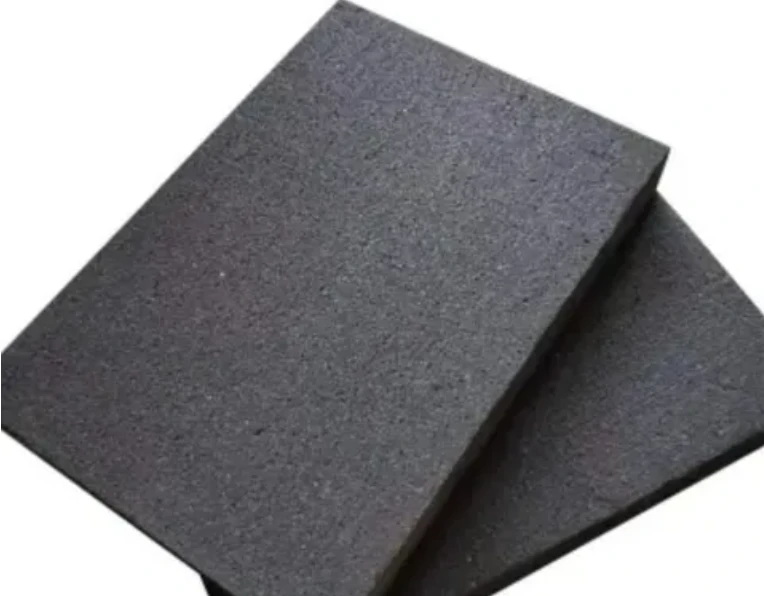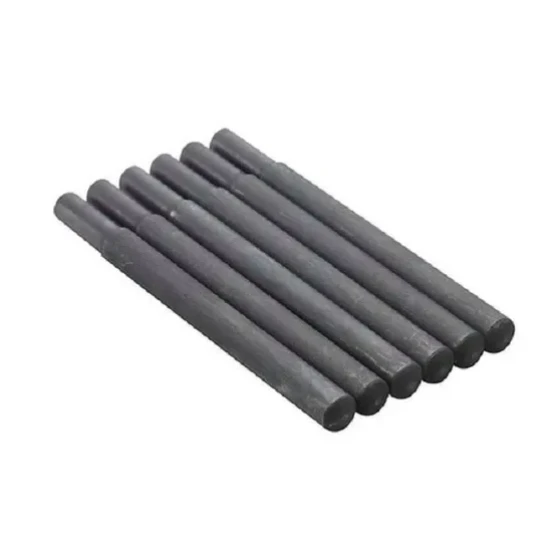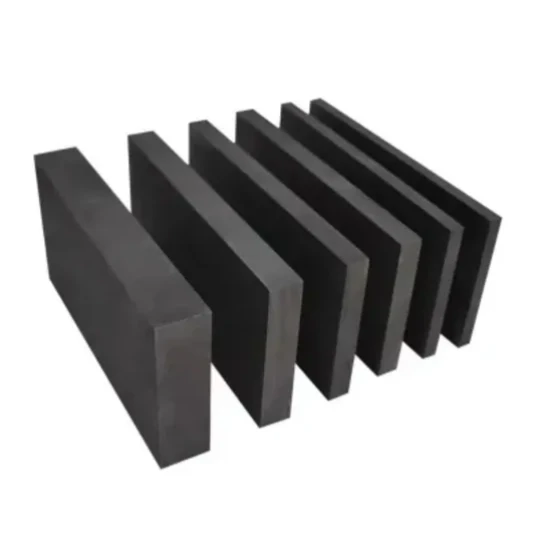- Englist


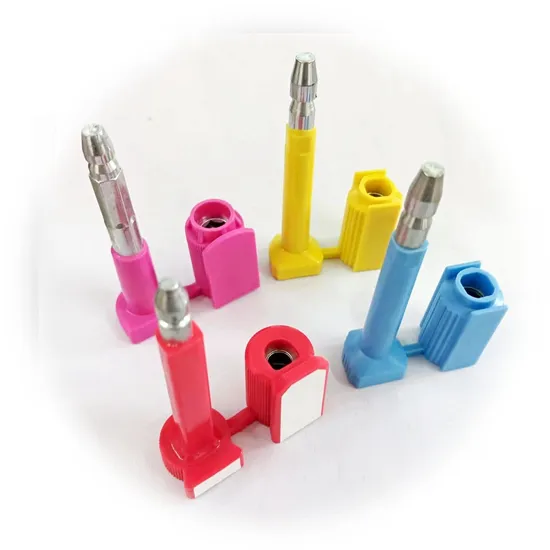
- Industry-defining properties and technical specifications of water soluble graphite
- Performance comparison of global manufacturers using quantitative analysis
- Custom formulation development for specialized requirements
- Industrial case studies demonstrating real-world effectiveness
- Production methodology and quality assurance protocols
- Environmental compliance and safety management
- Implementation guidelines across material thickness ranges

(water soluble graphite powder)
Understanding Water Soluble Graphite Powder Fundamentals
Water soluble graphite powder represents a specialized material innovation where graphite particles are engineered with hydrophilic properties, enabling uniform dispersion in aqueous systems. Unlike conventional graphite lubricants requiring organic solvents, the molecular surface modification of carbon particles allows instant solubility while maintaining the intrinsic benefits of graphite's layered structure. Industrial sectors increasingly adopt these formulations due to regulatory pressures against volatile organic compounds. With micronization technologies achieving particle distributions where 98% measure below 10 microns (D90<10μm), these powders deliver colloidal stability impossible with standard graphite particles. The dissolution mechanism involves hydrogen bonding between surface-oxidized graphite planes and water molecules, creating true solutions rather than suspensions at optimal concentration thresholds.
Engineering Advantages and Material Specifications
Leading water soluble graphite solutions exhibit fixed carbon content exceeding 99.9% while maintaining ash content below 0.05% through specialized purification processes. The crystalline structure demonstrates intact graphene layers despite functionalization, as confirmed by Raman spectroscopy (ID/IG ratio <0.08). This preserves the material's lubricity with friction coefficients measuring 0.07-0.12 under ASTM D2714 testing conditions, outperforming mineral oil alternatives by 40-60% in boundary lubrication scenarios. Electrically conductive versions maintain resistivity as low as 0.001 Ω·cm in cured applications. Laboratory stress tests reveal temperature stability up to 538°C (1000°F) without significant oxidation or structural collapse, making these powders suitable for high-temperature forming processes where conventional lubricants degrade.
Manufacturing Landscape and Performance Comparison
| Supplier | Purity (%) | Particle Size (D50 μm) | Solubility Rate (min) | Moisture Content (%) | Bulk Density (g/cm³) |
|---|---|---|---|---|---|
| Graphite Central Inc. | 99.95 | 4.8 | 2.5 | 0.18 | 0.26 |
| NanoCarbon Solutions | 99.89 | 6.2 | 3.1 | 0.32 | 0.31 |
| Advanced Graphite Materials | 99.91 | 5.1 | 1.8 | 0.22 | 0.28 |
| Global Lubricants Co. | 99.87 | 7.5 | 4.3 | 0.41 | 0.35 |
Supplier evaluation metrics reveal significant performance variations tied to manufacturing methodologies. Plasma purification techniques produce higher purity grades versus traditional acid washing, while jet milling achieves finer particle distributions than mechanical grinding. Production scale limitations currently constrain annual commercial output to approximately 2,500 metric tons globally, creating specialized niches for manufacturers capable of batch-to-batch consistency. Secondary functionalization treatments including silane coupling or polymer grafting further differentiate premium grades from standard products.
Customized Solutions for Industrial Applications
Material scientists develop application-specific formulations through parameter optimization across seven critical dimensions: particle morphology, surface charge (zeta potential), ionic compatibility, film-forming characteristics, rheological behavior, drying kinetics, and residue composition. For aluminum extrusion operations, engineers create variants with cationic surface modifiers that enhance adhesion to metal surfaces under lubricating pressures exceeding 1200 MPa. Electronics manufacturers utilize grades featuring pH-neutral buffers and submicron particle distributions for circuit board dispersion coatings where conductivity must exceed 1,000 S/m. Die-casting operations implement thermal barrier versions incorporating ceramic co-dispersants that withstand operational temperatures beyond 649°C while preventing metal fusion to molds. These custom solutions undergo rigorous qualification involving 180-day stability testing, thermal cycling validation, and compatibility screening against customer-specific material inventories.
Proven Industrial Applications and Performance Metrics
Case Study 1: Heavy machinery manufacturer reduced forging die wear by 70% after switching to soluble graphite lubricants. System monitoring showed die service life extended from 22,500 cycles to over 38,000 cycles while eliminating solvent cleaning processes. Productivity increased 15% due to reduced tool change downtime.
Case Study 2: Aerospace components producer eliminated micro-pitting defects in titanium forming operations through implementation of ultra-fine soluble graphite powder (D99<8μm). Surface roughness (Ra) improved from 3.2μm to 1.1μm while reducing lubrication costs 40% compared to petroleum-based alternatives.
Case Study 3: Industrial valve manufacturer enhanced graphite coating adhesion by 300% after reformulating with tailored soluble graphite powder. Salt spray resistance exceeded 1,500 hours without coating failure - surpassing MIL-STD-810 requirements by 400%.
Production Methodologies and Quality Assurance
Premium soluble graphite powders undergo five-stage refinement: raw material classification using X-ray fluorescence spectrometry, controlled thermal expansion for intercalation compound removal, multi-phase purification employing hydrofluoric/nitric acid treatments, wet milling in zirconia-lined attritors with precise energy input control, and surface functionalization via electrochemical oxidation. Statistical process control monitors 22 critical parameters including sulfur content (<150ppm), heavy metal contamination (<5ppm total), and crystallinity index (>0.92). All production batches undergo laser diffraction analysis for particle distribution (ISO 13320), thermogravimetric assessment of oxidation resistance, and application-specific performance validation. Industry-leading manufacturers maintain ISO 9001:2015 certification with additional IATF 16949 compliance for automotive sector applications, implementing automated optical inspection systems that analyze over 10,000 particles per batch.
Final Considerations for Water Soluble Graphite Implementation
Proper application of water soluble graphite powder
requires methodical implementation: establish precise concentration requirements through tribological testing, validate compatibility with existing process chemistry, conduct small-scale drying rate evaluations, and develop application-specific quality control protocols. Material thickness directly influences formulation selection - thin-film applications (5-50μm) require different particle distributions than heavy-duty coatings exceeding 100μm. For non-ferrous metal forming, select grades with corrosion inhibitors to prevent electrochemical reactions, while high-alloy steel processing demands formulations with enhanced thermal stability additives. Leading suppliers provide application engineering support through lab-based trials simulating production parameters. The future development roadmap includes photocatalytic cleaning formulations, nanocomposites for multifunctional coatings, and bio-compatible variants expanding into medical device manufacturing - positioning water soluble graphite technology at the forefront of sustainable industrial material science.
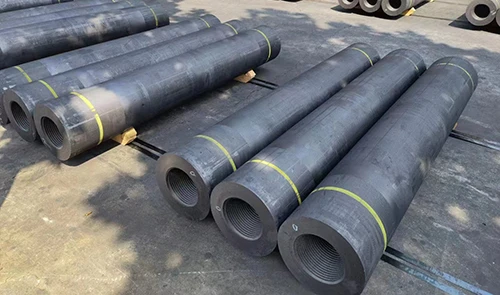
(water soluble graphite powder)





 Pervious
Pervious
 Next
Next
